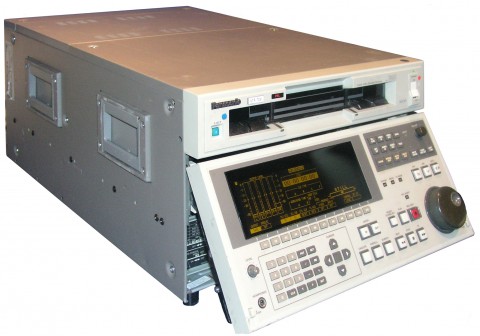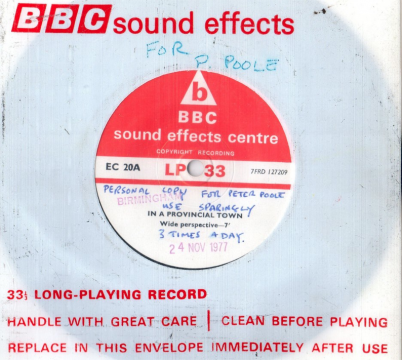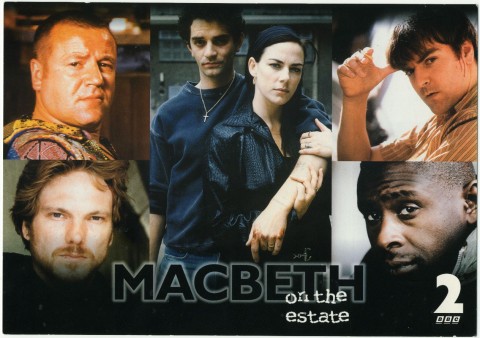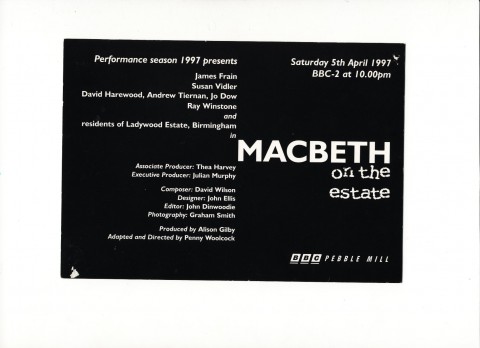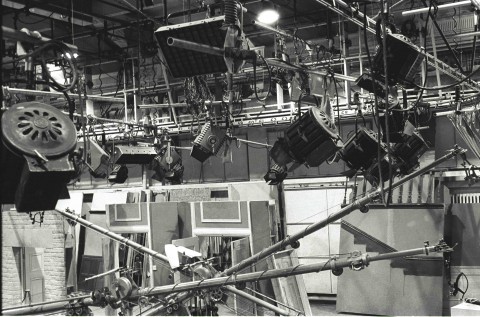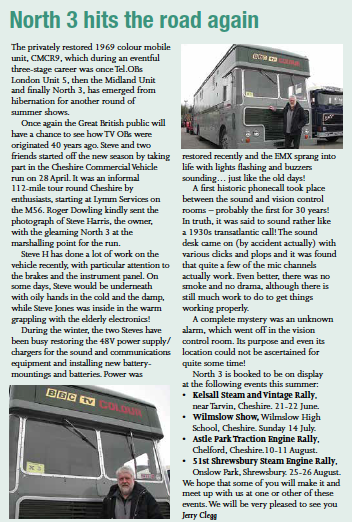Photo by Ian Collins, no reproduction without permission.
This is a Panasonic D3, D350 VCR. D3 was introduced as a new 1/2″ tape format in 1991. The format was not used on location as far as I remember, but was used extensively in VT editing suites, because the beauty of it was that it did not degrade if you went down a generation. It was also used for master copies of programmes for transmission.
Unfortunately D3 does not seem to have withstood the tests of time very effectively, and many D3 tapes in the BBC archives have deteriorated badly.
Mike Skipper added the following information on the Pebble Mill Facebook group, ‘one of the disadvantages of D3 is that the recorded signal is digitised composite PAL. The format rapidly went out of favour when productions started to shoot and archive material in 16:9 widescreen format. Digital Betacam, being a component recording standard, rapidly took over from D3. Digital Betacam machines require an option board to be fitted to allow them to play back analogue Betacam SP tapes.’
Ray Lee added the following information on the Facebook group: ‘from a maintenance point of view the D3’s needed a lot of expensive equipment for rotary head replacement, so all machines were dealt with in London, whereas the Digital Betacam were much more straightforward, didn’t need so much equipment and we replaced the heads locally at Pebble Mill. One reason digital Betacam was shunned initially is that the system employed a kind of signal compression. Although few real signals would ever trigger the compression, it was felt better to use a non compressed format. However as standard betacam gained widespread use in News, and the component editing was already gaining acceptance, Digital Betacam was a natural extension, and the machines could even play the analogue tapes. In fact it was a simple matter to substitute Digital Betacam machines into an analogue edit suite, as most of the existing wiring could serve for both.’
